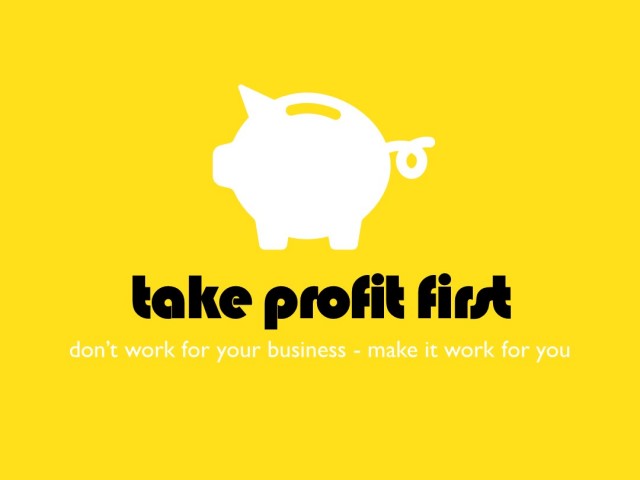Make your business work for you
Aug 24, 2020, 9:10 AM
As a child, did you ever put money aside in a piggy bank? It was typically where ‘leftover’ coins were stored until it could be smashed open to buy something shiny.
Conventional practice in business is essentially the same. Income comes in, expenses and taxes go out and anything leftover is distributed to the owners to buy something shiny.
If, and when, the owners want more, the natural tendency is to go-for-growth – a blind ambition to increase sales which typically incurs additional expenses.
In fact, the ongoing growth obsession ratchets up your expenses and suddenly you become stuck on an unsustainable growth path where inefficiencies become embedded. Your business is no longer in your control, but the whims of its (many) creditors.
There is an alternative! Don’t treat yourself to the leftovers, rather put aside what you would like to take first (this is the so called ‘Profit First’ approach). Here’s 3 simple steps to make your business work for you:
1. Set up (at least) 4 bank accounts:
- Operating expenses account (perhaps have another account for rent)
- Tax account (e.g. BAS, Payroll Tax)
- Owner’s compensation account
- ‘Profit’ account
2. Distribute funds to these accounts
As revenue comes into your operating expenses account, distribute the funds between your other accounts periodically, say weekly, based on predetermined percentages or amounts.
For example, put a fixed amount aside for your own compensation, add a set % of revenue aside in your ‘profit’ account, 10% of weekly sales can be put aside for GST, PAYG is put aside when you pay wages, a fixed amount for rent can be set aside, etc.
With the ‘profit’ account, the trick is to start small. Gradually increase the % that you allocate to it. Any ‘profit’ is a great bonus, it can be re-invested or distributed to the owners.
3. Pay your bills
Use the leftover funds in your operating expenses account to pay your bills. Do this periodically, say fortnightly, as this will encourage better cash management and help you clearly identify where the funds are going.
If you cannot cover your expenses, they are too high or your margins are not right. Either way, your business is telling you that it cannot support your current wage/profit expectations and operating expenses. Since cutting your own return is last resort, you will become very good (very quickly) at running your business more efficiently (see our post on cutting costs HERE).
The Takeaway
The balance of the ‘profit’ account is a nice bonus, but the real benefit of this strategy is that the thrift forces you to become more efficient, more innovative and underpins a sustained path of growth and profit.

